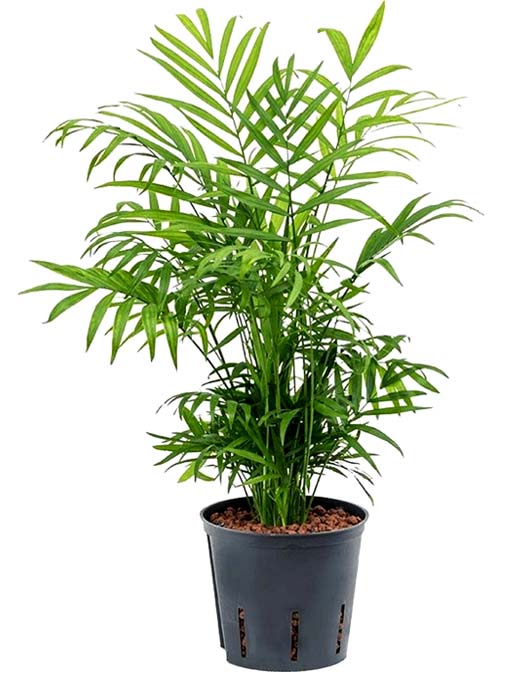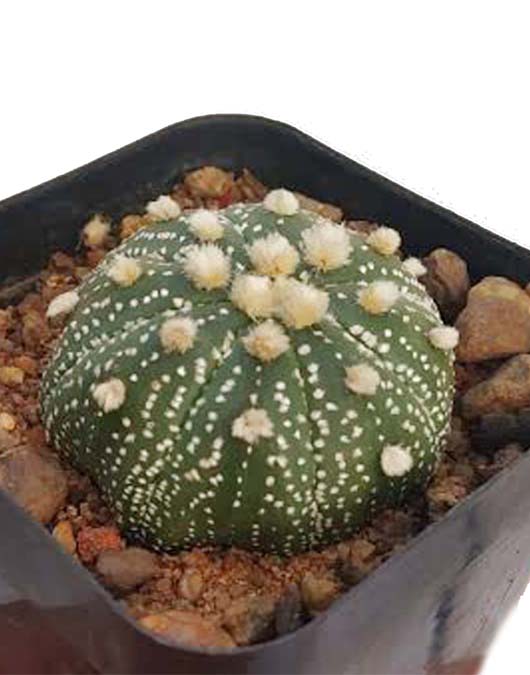- According to Feng Shui experts, Pachira Aquatica attracts wealth and good fortune when it is placed at the right place in your home. For improving your financial prosperity, you must place it in the Southeast area at your home or office.
- Pachira Aquatica is known as the best air-purifying plant, and it absorbs the toxic components present in the air. It purifies the air and makes your home a safe place for you and your family.
- The Money Tree is a pet-friendly indoor plant. You can bring it home and stay assured that your pets are safe at all times.
- Adorned with beautiful braids, the Money tree looks aesthetically pleasing and will make for a spectacular addition to your home decor.
- The Money Tree loves damp soil. If you are always confused about the suitable amount of water for indoor plants, then Money Tree is made for you. It is highly low-maintenance, and over-watering won’t kill it.
- Our fortune tree needs no pruning at all. If you wish to give it a specific shape, then you can cut the leaves. It can easily survive without pruning.
- The Pachira Aquatica has a perfect size. You can easily keep it indoors as it grows according to the pot it is placed in.
- The Parlour Palm was popular with the Victorians and remains a firm favourite. An elegant plant, easy to look after, with excellent air purifying qualities. They are undemanding in terms of light, water, temperature, humidity and feed, making them perfect for those of us that like low-maintenance room-mates.
- Chamaedorea elegans has bright green leaves on slender, arching stems. The leaves are pinnate, meaning it has feathered leaflets arranged on either side of the stem. With the Parlour Palm, these leaflets form opposite pairs and there can be as many as 40 leaflets on each leaf. Small yellow flowers appear on mature plants if they have sufficient light. Chamaedorea elegans also has the Latin name Neanthe bella. Its common names are Parlour Palm and Dwarf Mountain Palm.
- Common Name : Parlor Palm, Neanthe bella palm Botanical Name : Chamaedorea elegans
- Among all the palm trees, parlor palms are a great place to start for the beginner.
- Plant Will Be Given With Free Plastic Pot
- Chinese fan palms (Livistona chinensis) are popular landscape plants in warm,
- Chinese fan palms (Livistona chinensis) are popular landscape plants. These palms are also known by the common name fountain palm due to the way their fronds arch up and then spill downward like water from a fountain. Each frond can grow 40 to 60 inches long.
- Indoors in a container, It can grow 6-7 feet tall and will add beautiful full, green look to your home.
- You can place Chinese palm in living rooms, hallways, bedrooms, offices, conference rooms, or anywhere with plenty of light. If you place against walls such as room corners, rotate container so all of the foliage gets even light.
- Plant Will Be Given With Free Plastic Pot
- Bring life into dull, empty corners with one of the prettiest houseplants, the Rubber Plant Variegated. Its leaves display stunning variegations in shades of cream, pink and green with red midribs. An air purifier that is as stunning as it gets and thrives with little care is an excellent addition to your space.
- It is a popular ornamental plant from the Ficus genus.
- If you are new to keeping houseplants, variegated rubber plants are generally hardy.
- Ficus elastica variegata (FYE-kuss ee-LASS-tick-uh), known as the variegated rubber plant, has pink splashes throughout its otherwise white and green leaves.
- Variegated Rubber Trees differ from regular rubber trees in their leaf color. Traditional rubber trees have dark green leaves but variegated rubber trees have leaves with shades of red, yellow, cream and green.
- Variegated Rubber Trees like well lit spots with indirect sunlight.
- Avoid direct sunlight, it burns the leaves of the Variegated Rubber Tree.
- Do not place a Variegated Rubber Tree in shade, it will lose the variegated markings.
- If the Variegated Rubber Tree leaves begin dropping or losing color, it needs more light.
- Astrophytum asterias Is Rare cactus Plant
- Astrophytum asterias is a small, spineless cactus with a stem that grows up to 2.4 inches (6 cm) tall and up to 6 inches (15 cm) in diameter.
- Astrophytum asterias is a species of cactus in the genus Astrophytum, and is native to small parts of Texas in the United States and Mexico. Common names include sand dollar cactus, sea urchin cactus, star cactus and star peyote.
- The flowers of this cactus are yellow with red bases and the outer parts are very woolly. Green to pink oval fruits are produced; the outside coat is covered with woolly hairs.
- Give Astrophytum cacti plenty of sunlight—at least 6 hours per day if growing outdoors.
- Like most cacti, these species need well-drained, fairly sandy soil and will likely perish in rich soils that retain moisture.
- Chlorophytum comosum, usually called spider plant but also known as spider ivy, ribbon plant,
- NASA research found that the spider plant has air purifying capabilities. This plant can remove up to 90% of the potentially toxic chemicals floating around. Stress can be limited and mental health boosted when the air is purer in a room.
- The Spider plant is among the most adaptable houseplant and very easy to grow. Even For Beginners
- During the summer, spider plants may produce tiny white flowers on long stems
- Plant Will Be Given With Free Plastic Pot
- The cotton candy fern plant’s Latin name is Nephrolepis exaltata.
- Nephrolepis Exaltata ‘Cotton Candy’ is a lusciously thick evergreen fern with beautiful sword-shaped leaves.
- The Cotton Candy fern has many soft and fluffy light-green leaves that flare up and outward as they grow.
- Plant Will Be Given With Free Plastic Pot
- Crassula Variegated ‘Money Maker’: A houseplant or landscaping plant in warm climates. This shrubby, branching succulent has thick stems and fleshy, obovate leaves.
- Unlike most jade plants, ‘Money Maker’ has soft, velvety hairs covering its leaves. It is a great plant for succulent beginners and can tolerate both low light and neglect. It usually grows to 3.0″ tall and spreads to 6.0″ wide, but it also takes well to bonsai pruning.
- Water needs only moderate watering when established Keep in direct sun, water in morning, and water only when soil is fully dry
- Plant will be given With Free Plastic Pot















